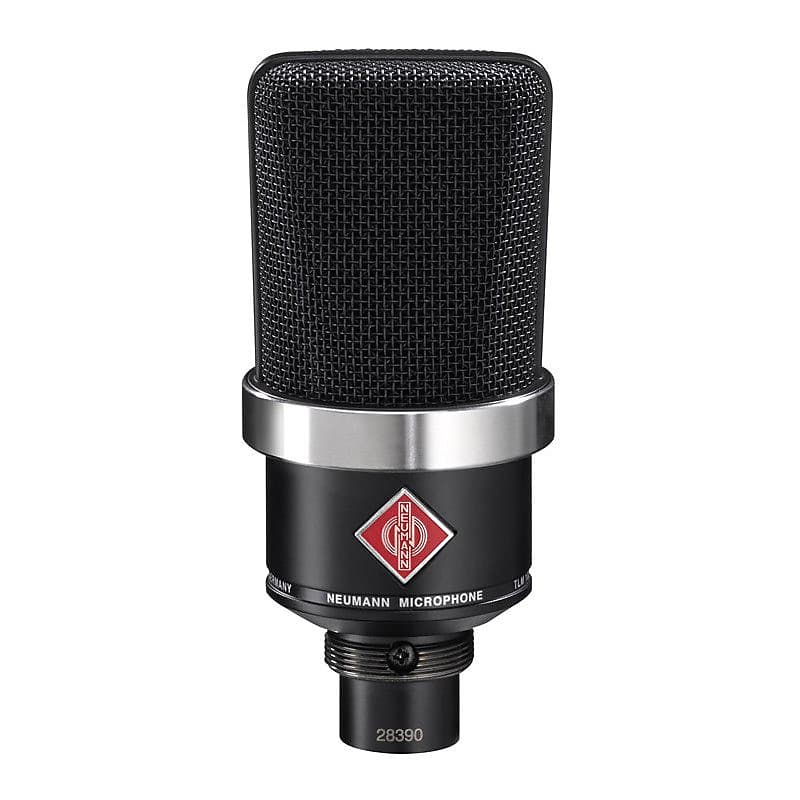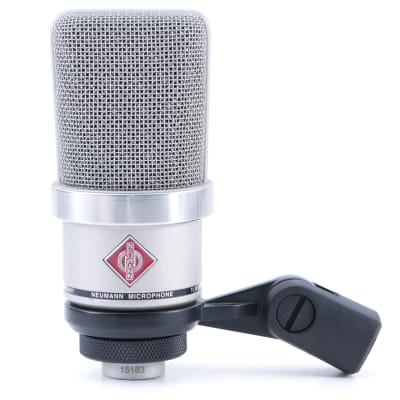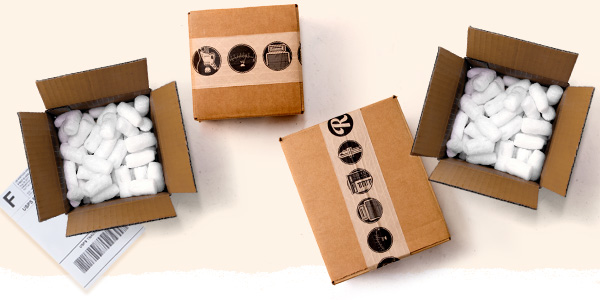
Small size – big sound: Neumann’s most affordable large diaphragm microphone
The TLM 102 brings Neumann quality to even the smallest studio. Like its more expensive siblings, the TLM 102 combines technical excellence with a beautifully balanced sound for silky vocals, crisp guitars and powerful drums. With its cardioid pattern and an integrated pop screen the TLM 102 is a joy to use, even for novices.
The TLM 102 is Neumann’s most affordable large diaphragm condenser microphone. And, of course, it is a true Neumann, designed and manufactured in Germany with great attention to every detail. Compared to more expensive Neumann microphones, the TLM 102 is reduced in size and features, but Neumann would never compromise on sound quality. Despite its affordable price, the TLM 102 has a very attractive look with a gleaming chrome ring between a classic tapered headgrille and the famous Neumann diamond.
The TLM 102 sounds as smart as it looks! Its newly developed large diaphragm condenser capsule has all the qualities that made Neumann microphones the first choice in recording studios all over the world: a clear and focused sound with superb definition. Due to its remarkably linear response across the entire midrange, the TLM 102 is able to capture the authentic character of any voice or instrument, enhanced by a slight lift around 10kHz for silky highs. The TLM 102 has gorgeous bottom end, too, enriched by the well-controlled proximity effect of a large diaphragm cardioid capsule. A joy for every singer!
The TLM 102’s technical performance is impressive, too. Its self-noise of only 12 dB-A is much lower than the ambient noise in even a very quiet room. At the same time, the TLM 102 is capable of handling extreme sound pressure levels of up to 144dB free from distortion. As a member of the TLM range, the TLM 102 is equipped with a transformerless output stage, which means: powerful bass, even at highest signal levels, and a very direct sound without transmission losses.
Due to its enormous dynamic range of 132dB and a remarkably uniform cardioid pickup pattern, the TLM 102 is a very easy to use microphone for home and project studios, and also for demanding live applications. Its uncolored sound and fast transient response make the TLM 102 an excellent choice for male and female vocals as well as a wide range of instruments, such as acoustic and electric guitar, bass guitar and double bass, drums, percussion, brass, saxophone. The TLM 102 is a true workhorse for any small studio!
Features:- True Neumann quality at a very affordable price
- Very low self-noise
- Handles extreme SPLs without distortion
- Integrated pop shield
- Acoustical operating principle: Pressure gradient transducer
- Directional Pattern: Cardioid
- Frequency Range: 20Hz - 20kHz
- Sensitivity at 1kHz into 1kΩ: 11 mV/Pa
- Rated Impedance: 50Ω
- Rated load impedance: 1kΩ
- Equivalent noise level, CCIR: 21dB
- Equivalent noise level, A-weighted: 12dB-A
- Maximum SPL for THD 0.5%: 144dB
- Signal-to-noise ratio, CCIR (re. 94dB SPL) 73dB
- Signal-to-noise ratio, A-weighted (re. 94dB SPL) 82dB
- Maximum output voltage 13dBu
- Supply voltage (P48, IEC 61938) 48V ± 4V
- Current consumption (P48, IEC 61938) 3.5mA
- Matching connector XLR 3 F
- Weight approx. 210g
- Diameter 52mm
- Length 116mm
| Condition | Brand New (New) Brand New items are sold by an authorized dealer or original builder and include all original packaging.Learn more |
| Brand | |
| Model |
|
| Categories | |
| Microphone Type |
|
| Wired/Wireless |
|
| Electronics |
|
| Polar Pattern |
|



